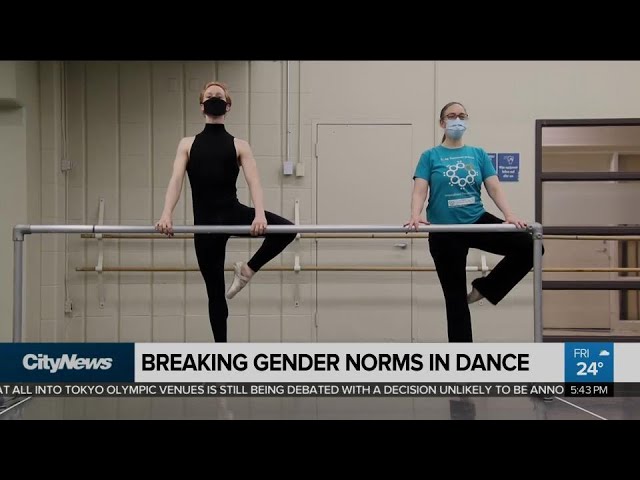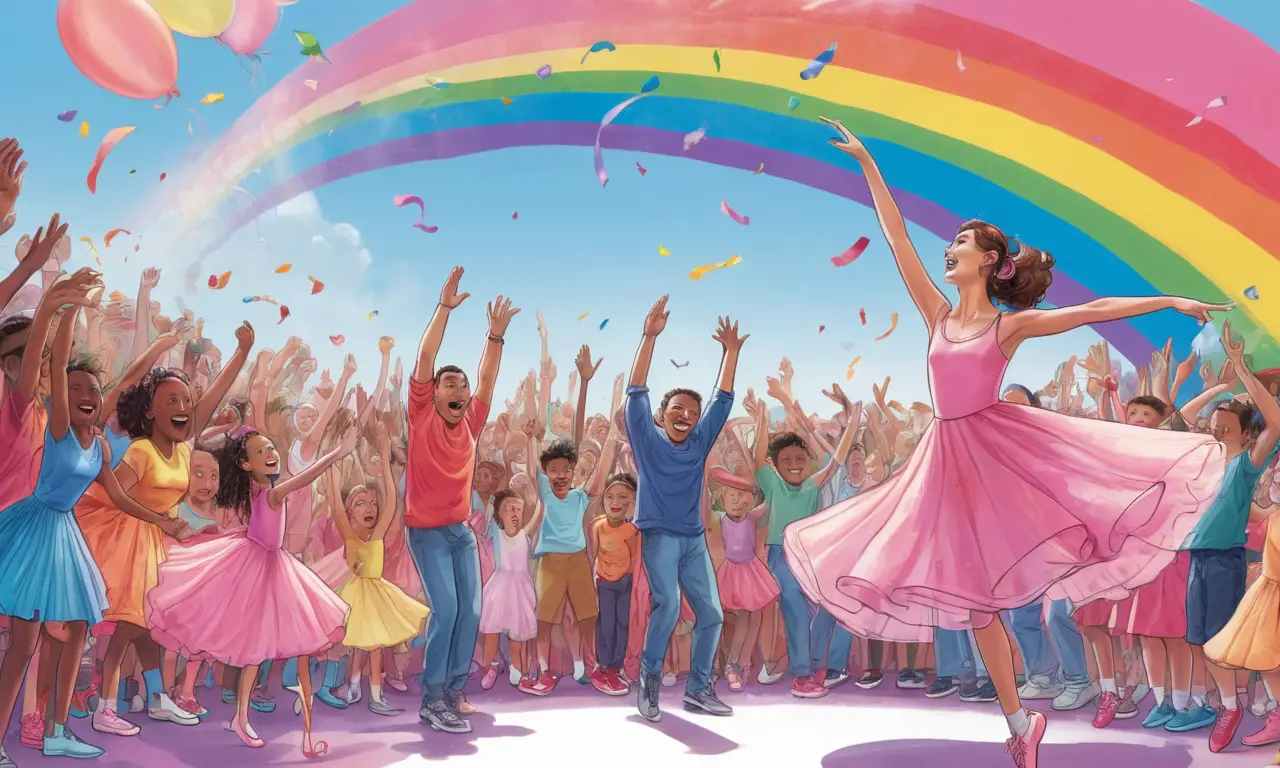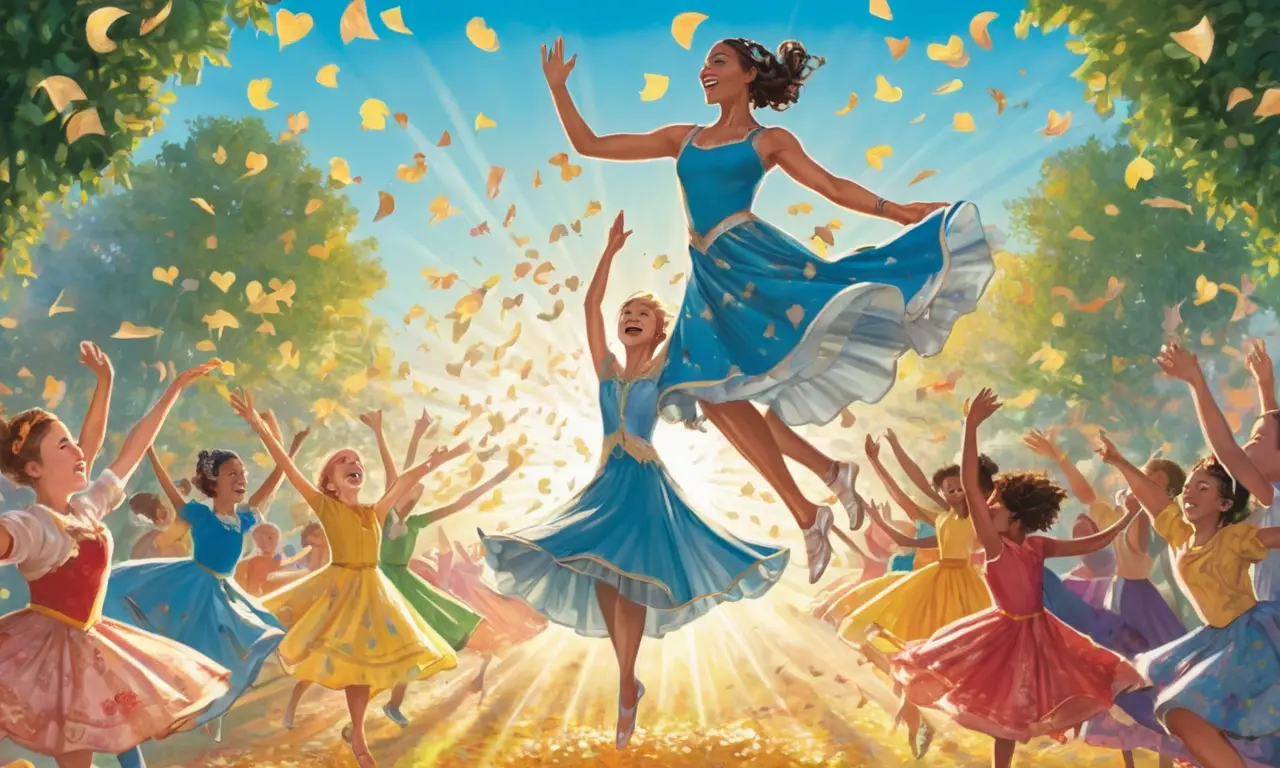
Dance is a universal language that transcends cultural boundaries and connects people through movement. It’s an art form that allows individuals to express themselves creatively, build confidence, and foster a sense of community. While dance has been enjoyed by people of all genders throughout history, certain styles have often been perceived as more suitable for girls. This article aims to explore the evolution of gender roles in dance, highlight the diverse range of genres available, and emphasize the benefits of dance for everyone, regardless of their gender identity.
We’ll delve into the historical context of gender barriers in dance, examine the vast array of dance styles that cater to all interests, and discuss how breaking stereotypes can empower individuals to embrace dance as a fulfilling and enriching activity. Finally, we’ll provide guidance on finding your own unique dance style and encourage everyone to explore the joy of movement.
Gender Barriers in Dance History
Historically, certain dance forms have been predominantly associated with specific genders. Ballet, for example, has traditionally been considered a feminine art form, emphasizing grace, elegance, and technical precision. Similarly, ballroom dancing often featured distinct roles for men and women, with men leading and women following. These gendered expectations were reinforced by societal norms and cultural beliefs that dictated appropriate behavior for boys and girls.
However, it’s important to recognize that dance has always been a diverse art form, with variations in styles and practices across cultures and time periods. In some societies, certain dances were considered masculine or feminine, while others celebrated the fluidity of gender expression through movement.
The evolution of dance throughout history reflects changing social attitudes and the ongoing challenge of breaking down rigid gender stereotypes.
Diverse Dance Genres

Today’s dance landscape is incredibly diverse, offering a wide range of genres that cater to all interests and abilities. From classical ballet to contemporary, hip-hop, jazz, tap, salsa, and beyond, there’s a style for everyone.
Classical Ballet
Ballet remains a popular and prestigious dance form known for its technical rigor, graceful movements, and elaborate costumes. While traditionally associated with femininity, male dancers play equally important roles in ballet productions, showcasing strength, athleticism, and partnering skills.
Contemporary Dance
Contemporary dance is a more modern and expressive style that emphasizes improvisation, storytelling, and emotional connection. It often incorporates elements from other dance forms and allows for greater freedom of movement and interpretation.
Hip-Hop Dance
Hip-hop dance originated in the streets and has evolved into a dynamic and energetic genre characterized by its rhythmic grooves, improvisational nature, and social impact. It encompasses various styles, including breakdancing, popping, locking, and krumping, offering opportunities for both individual expression and group performance.
Jazz Dance
Jazz dance is a high-energy style that combines elements of ballet, African dance, and popular music. It’s known for its syncopated rhythms, improvisational solos, and theatrical flair.
Breaking Stereotypes
The notion that is dance more for girls is outdated and harmful. Dance should be accessible to everyone, regardless of gender identity or expression. Encouraging boys and young men to participate in dance can help break down societal stereotypes and foster a more inclusive and equitable environment.
It’s crucial to provide equal opportunities for all genders to explore their passion for dance. This includes offering diverse classes, showcasing male dancers in prominent roles, and celebrating the achievements of both male and female dancers.
Benefits of Dance for All Genders

Dance offers numerous physical, mental, and social benefits for individuals of all genders.
Physical Health
Dance is a fantastic form of exercise that improves cardiovascular health, strengthens muscles, enhances flexibility, and promotes coordination. It can also help with weight management and reduce the risk of chronic diseases.
Mental Well-being
Dancing can be incredibly therapeutic, reducing stress, anxiety, and depression. It releases endorphins, which have mood-boosting effects, and provides a sense of accomplishment and self-expression.
Social Connection
Dance classes and performances offer opportunities to connect with others who share a passion for movement. It fosters teamwork, communication, and a sense of belonging.
Finding Your Dance Style
The best way to find your dance style is to explore different genres and see what resonates with you. Take introductory classes in various styles, attend dance workshops, watch performances, and listen to different types of music.
Don’t be afraid to step outside your comfort zone and try something new. You might discover a hidden talent or passion that you never knew existed.
Conclusion
Dance is a powerful art form that transcends gender boundaries. By embracing diversity, breaking down stereotypes, and celebrating the joy of movement, we can create a more inclusive and equitable dance community for everyone. Whether you’re drawn to classical ballet, contemporary, hip-hop, or any other style, there’s a place for you in the world of dance. So, step onto the dance floor, express yourself freely, and discover the transformative power of movement.
